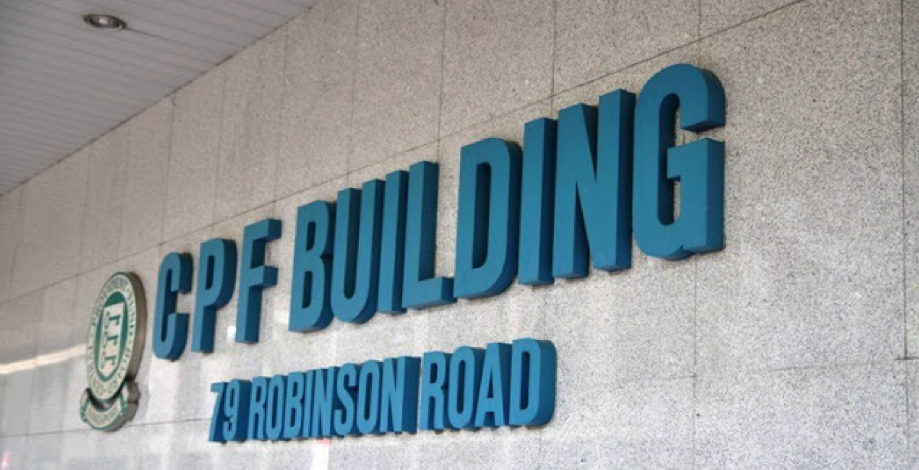
The CPF return formula has been “tweaked” significantly to improve the progressivity of the system in recent years with the addition of initial balance layers that attract higher rates of interest; most recently as high as 6% on balances up to $30,000 in the Retirement Account.
I’m not sure you can find a better return-risk trade-off out there anywhere in the private markets, and the return is structured to cater to the large majority of CPF members’ needs and risk profile; they should satisfy all but the most risk-hungry, most likely top quintile CPF members for whom their CPF payouts are likely to be a minor component of their overall retirement financial plans.
In some respects, the Government is best placed to absorb some investment risks that individuals find very difficult to mitigate, such as that of sequence risk or inflation risk. Amongst the most persuasive arguments to further improve CPF returns would be to add some element of inflation protection, again perhaps structured to protect the most needy CPF members first.
There may be some scope to revamp the CPF Investment Scheme (CPFIS) significantly to permit those who wish to have some choice (and can afford to take such risks, say those who already have sufficient monies in their Special, Medisave and Retirement Account (SMRA) to cover their basic retirement needs) to do so in a scheme that is more within the auspices of the government. This could perhaps be something akin to Sweden’s Premium Pension scheme which is administered by the state and who contracts directly with private pension fund managers to provide funds management services at very, very low cost.
At the moment, the CPFIS is suboptimal because most members participating in the scheme are essentially exposing themselves to those same risks that I mentioned earlier that are very difficult for an individual investor to manage or control, and furthermore these members lack sufficient scale and bargaining power to demand the best value from fund managers to whom they allocate their CPFIS monies. But some elements of the Swedish Premium Pension scheme could be brought into a significantly revamped CPFIS to allow some members some choice within a controlled programme with lower costs commensurate with a large-scale national investment fund.
The long-term historic returns generated by GIC, a global investment firm that manages the Singapore Government’s financial assets for the long term, cannot be easily compared with the returns provided by the CPF Board. Many well-meaning people make this mistake. GIC has only been able to generate those long-term returns because it can take a very, very long term view, and indeed, no private fund manager would promise the returns currently being provided by the CPF (particularly those floor rates, come rain, hell or high water!). Based on the analysis in a Working Paper that I co-authored with Peter Ryan-Kane, Mark Whatley and Will Rainey from Towers Watson, you could argue the subsidy is the other way around, that the Government is today subsidising CPF members by providing these relatively high, extremely low risk returns.
One should also note that the government’s budget is already boosted by the Net Investment Returns Contribution (NIRC), which takes half of GIC and MAS’s long-term returns (and from the next Budget, Temasek’s long-term returns too as opposed to just its dividends) to pay for current Government expenditures, including CPF and Medisave top-ups and Workfare. Whilst one could argue that the other 50% of Net Investment Returns that is retained could be used to boost the returns paid into CPF member accounts, that may be worthy of some national debate in tandem with a review of national reserves management and strategy.
The CPF Advisory Panel has yet to come out with the second part of its recommendations and there could be some more ideas put forth. I’m hoping for a significant revamp of CPFIS, some thought on inflation indexation across the system to better protect CPF members from this risk, and some specific adjustments such as adding a survivor benefit option to CPF Life. Also don’t forget that the Government has promised to introduce this year the Silver Support Scheme, a non-contributory basic pension scheme for eligible seniors.
Christopher Gee is a Senior Research Fellow at IPS. He studies issues relating to demography and family in Singapore.
Top photo from centralbusinessdistrict.com
